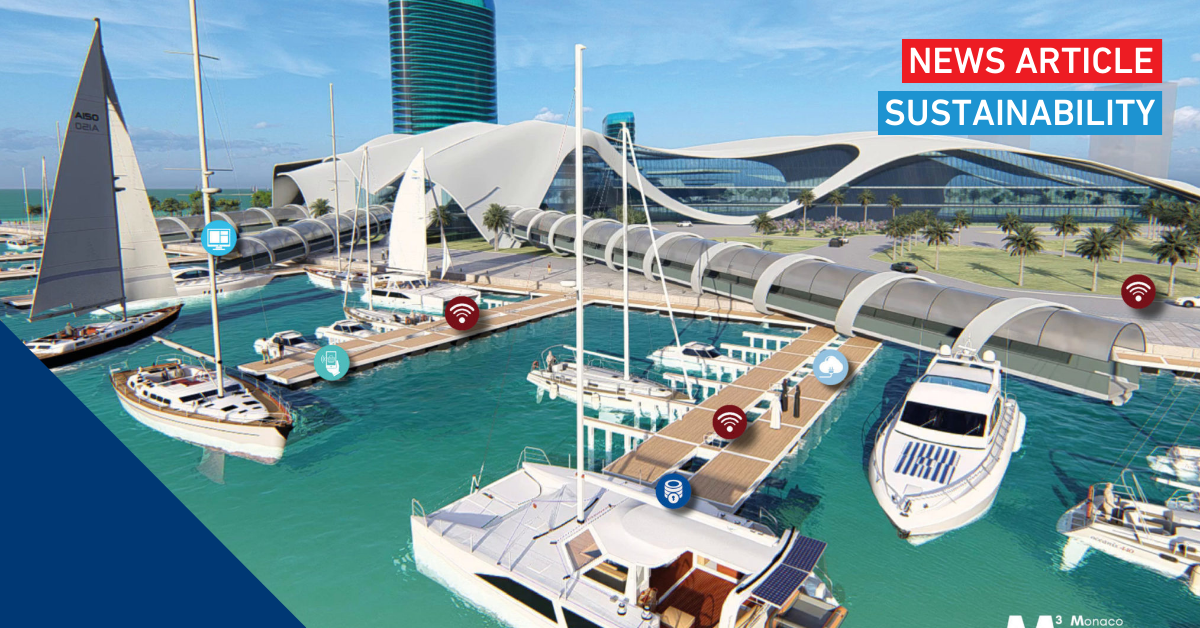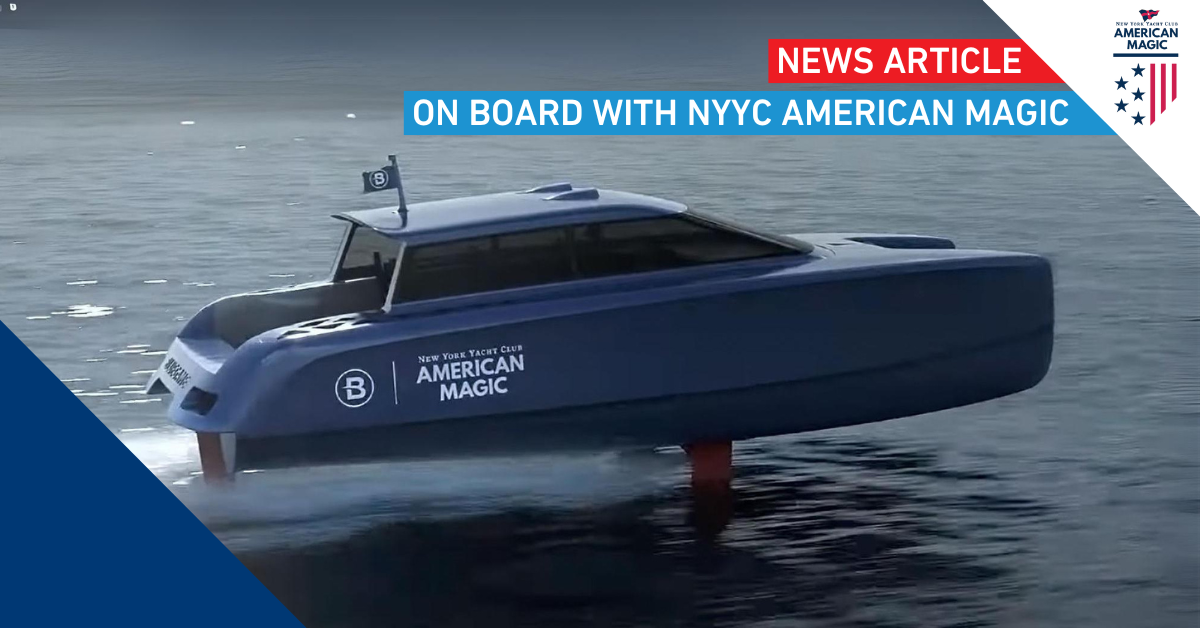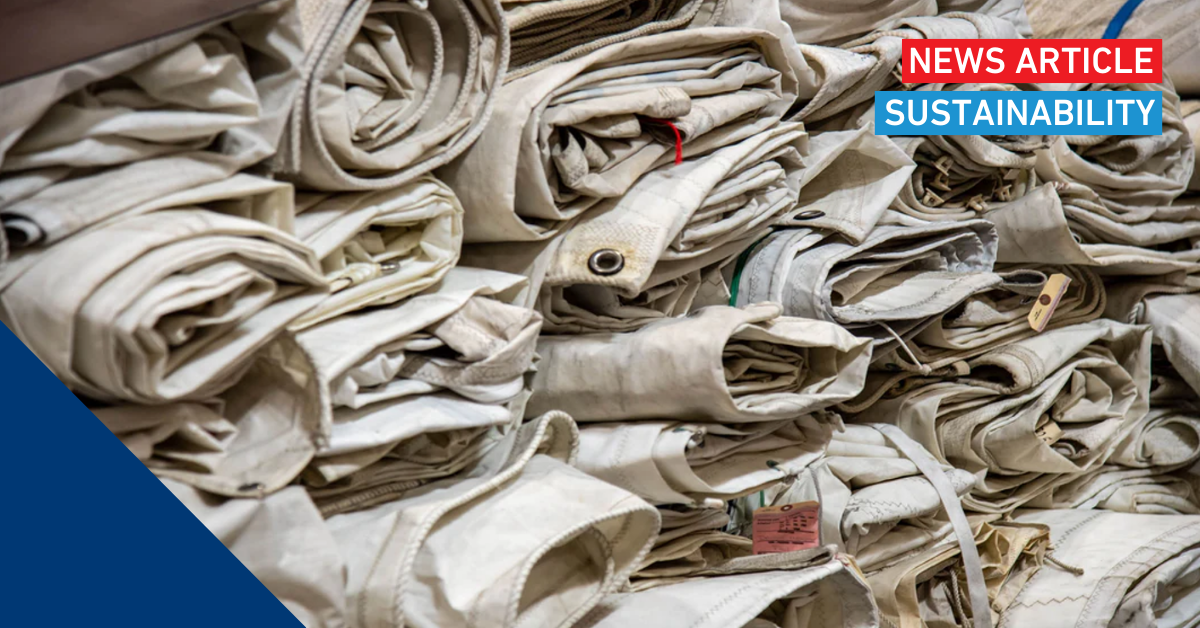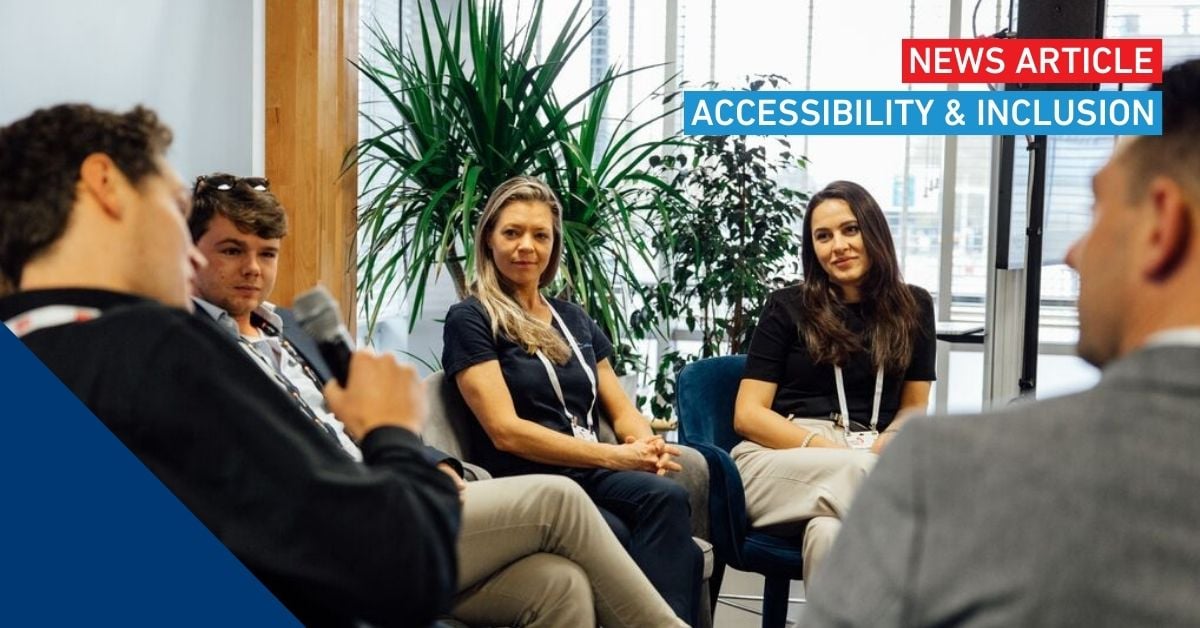Wave powered propulsion, coult it become a reality?
Wave powered propulsion, could it become a reality?
In the last few months we have published blogs about various methods of propulsion, including new propeller designs and water jet concepts. After all, in the quest to reduce energy consumption and emissions, propulsion is a major factor in the equation, so it’s not really surprising that a lot of attention is being focused on finding ways to propel a vessel using less power, or better still, with ‘free energy’ from the oceans.
Some time ago, an old friend of mine from Mallorca told me that her father had instigated an experimental project to harness the power of waves to propel a boat. Kjell Dahlberg started a very successful marine engineering company on the island back in 1974, which is now taken over by his two daughters. Sadly, he passed away several years ago, before his wave propulsion ideas were brought to fruition, but I do remember seeing his working model which can still be viewed on YouTube today, titled ‘Wave Propulsion with Wiggle Drive.’
Basically, Kjell’s concept used the rolling motion that all boats experience to some degree in an ocean environment, this produces energy to drive an oscillating flipper mounted under the stern, which in turn pushes the boat forward, in much the same way as a dolphin moves through the water.
Harnessing wave energy, an ongoing quest.
Obviously Kjell was not the only one to pursue these initiatives, as similar inventions have been tested and used in practice in the past. For instance, there was an experimental project titled the ‘Whale’s Tail’ undertaken several years ago, by a group of researchers from the Norwegian University of Science and Technology.
The team set up a scale model ship, which was driven along in a 200 metre test tank with artificially made waves. The ‘fins’ or ‘wings’ attached to the vessel are pushed up and down, in the same motion as the whale uses its tail to propel itself, with the shape of the fins harnessing the wave energy.
The ultimate aim of the project was to prove that small vessels could be powered by wave energy only, but it was stated that the fins reduced resistance on the ship by between nine and 17 per cent at wave heights of fewer than three metres, which had promising implications for reducing fuel consumption.
A similar principle to this, has been used very successfully by the Dutch marine engineering company Hull Vane, on medium speed displacement vessels such as superyachts, commercial and naval / patrol boats. It doesn’t actually drive the vessel, but by using a wing with a hydrodynamic profile attached to the underside of the hull, the thrust it generates is greater than the drag it creates, resulting in reduced hull resistance through the water. This apparently can deliver fuel savings of between 5% and 20%, or more in some cases.
Hawaii to Japan on wave power.As long ago as 2008, Kenichi Horie, a well-known Japanese sailor, who had already taken on a number of heroic ocean challenges, actually completed a voyage across the Pacific of 4350 miles in 110 days, in his 9.5 metre wave powered catamaran named Suntory Mermaid II.
The boat had been developed by Yutaka Terao, an engineering professor at Tokai University in Japan with a design that consisted of two fins mounted below the bows of the twin hulls. As in previously mentioned examples, these were driven up and down by the motion of waves passing under them, thus creating the ‘whale’ or ‘dolphin’ tail effect to push the boat forward.
Although it was claimed that the catamaran could reach 5 knots, it appears that she actually achieved only around 1.5 knots, based on the time over distance calculation. Not exactly a speed record, but proof indeed that boats can travel long distances using only power derived directly from the waves.
Traditional Philippines trimaran inspires new wave ideas.
So, with all this in mind, some recent news about another interesting project taking place in the Philippines grabbed my attention. This also aims to use the naturally occurring power of the ocean to help push a boat along; and like a lot of ideas, it stems from the observation of long-established traditional boat designs, and how they react with ocean currents and waves when they are sailing.
Indeed, wave energy can be hugely powerful and has a lot of momentum which is largely unharnessed by mankind. As an example, power densities of 60 to 70 kilowatts per metre can be generated in deep water zones, and along the UK and US coastlines the average wave power density can be between 40 and 60 kW per metre.
Anyone who has visited the Philippines, as I have been lucky enough to do, will have seen the traditional mode of water transport around the islands called the Bangka. Although this can be called a trimaran, it’s actually a monohull fitted with two outriggers, in order to give the vessel improved stability and to keep it stable in choppy seas.
Jonathan Salvador, a marine engineer who owns a shipbuilding company in the Philippines, is the initiator of this latest wave power project which he is developing in collaboration with the Aklan State University. Originally he was inspired by what he saw, in how the outriggers on the Bangka constantly react to the upward and downward movement of the waves. He said, “what if we can convert this reaction into electrical energy?”
So, by incorporating hydraulic pumps into the outriggers, his plan is to harness the kinetic energy created by the waves, and convert it to electrical energy which will propel the ship via an electric motor. Internal combustion motors will be used to initiate propulsion, with the intention to switch to wave power in open sea conditions.
Unfortunately, Salvador’s project which was actually started in 2018, has been held up due to a typhoon hitting the area in 2019, followed this year by the Covid-19 Pandemic. But he is still planning to complete the building of the vessel by the end of 2020, and to run sea trials during the first quarter of 2021. Ultimately the boat is expected to carry up to 100 passengers, four vans and 15 motorcycles.
Are you interested in exploring the latest in marine propulsion ideas? Then don’t forget to visit the I-nnovationLab at this year’s METSTRADE, (either physically or virtually.) Our panel of industry experts will be on hand as usual, to share their experience and answer questions.
Share your stories on leisure marine industry with us
Do you have an innovation, research results or an other interesting topic you would like to share with the leisure marine equipment industry? The METSTRADE website and social media channels are a great platform to showcase your stories! Let us know via metstrade@rai.nl
Are you a METSTRADE exhibitor?
Make sure you add your latest press releases to your Company Profile in the Exhibitor Portal for free exposure.







